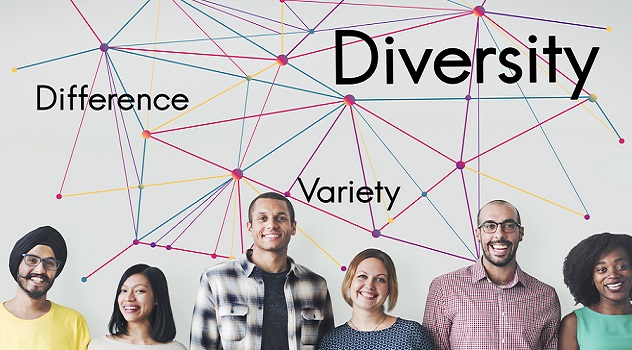“It’s the right thing to do” is a strong statement, but without the promise of a return on investment, this sentiment isn’t a strong motivator for businesses to enforce changes. Building on a business’s diversity can be challenging, it requires strategy and planning but it’s not impossible and the rewards are tangible. While it helps to build a better and more inclusive world, the promise of profit is a reward every entrepreneur should want to pursue. Here are four benefits of making inclusion a priority in business this year.
1. Diversity and transformation go hand-in-hand
The best example of this benefit of introducing diversity strategies into your business is demonstrated by Qantas Airlines. After publishing their record loss of AUD$2.8 billion in 2013, they made a complete turnaround by 2017. According to Delloitte, “Qantas delivered a record profit of AUD$850 million, increased its operating margin to 12 per cent, won the ‘World’s Safest Airline’ award, ranked as Australia’s most trusted big business and its most attractive employer, and delivered shareholder returns in the top quartile of its global airline peers and the ASX100.” How did they achieve this? According to their CEO, Alan Joyce, it was thanks to disciplined operational and financial management alongside a determination to achieve excellent employee and customer satisfaction ratings. He says, “We have a very diverse environment and a very inclusive culture, it was those characteristics that got us through the tough times. Diversity generated better strategy, better risk management, better debates, and better outcomes.”
2. Innovation requires diversity
Diversity is a way of thinking. It is a mindset towards everyday operations, challenges, wins, and strategies. It is this mindset that helped Qantas turn their losses into major victories. Another brand that demonstrates this mindset is Apple. Apple believes that innovation requires diversity, and as we have learned from the worldwide pandemic, innovation is what keeps businesses afloat during uncertain times. The goal in business isn’t just to have a workplace with people of different colours, rather it is about leveraging diversity of thinking as well. This becomes possible when we have a diverse group of thinkers together. By introducing people of different cultures, people with disabilities (who have often developed an aptitude for problem-solving and adaptation), creativity and innovation increases by up to 20 per cent!
3. Diversity is linked to tangible goals and realised ambitions
As soon as diversity is put into terms like “goals” and “quotas”, it has the potential to become controversial. People can become concerned about reverse discrimmination and tokenistic efforts that fail to achieve a holistic sense of inclusion and diversity. However, it doesn’t have to be purely statistical and tokensitic. Andrew Stevens, former managing director of IBM Australia and New Zealand, observes, “Goals don’t guarantee a woman a job or promotion. What they do is to increase the probability that a talented woman will be considered alongside a talented man.” If we use our goals to level out the playing field rather than guarantee a particular outcome, we can still place the best possible candidates while levelling the playing field and making workplaces more equitable and fair.
4. Customer diversity translates into profit and equitability
As businesses strive to become diverse and inclusive, a lot more emphasis has been made on diversifying workplaces and work teams, while diversity in customers has largely fallen by the wayside. Expanding target audiences and tweaking products or services to appeal to shoppers with disabilities can be incredibly rewarding. In fact, this is one of the most direct links between diversity and profit. Shoppers with disabilities are in their millions, but very few retailers cater to this market. As a result, there’s a huge untapped market that simply requires strategy and planning to cater to.














